Echinacea
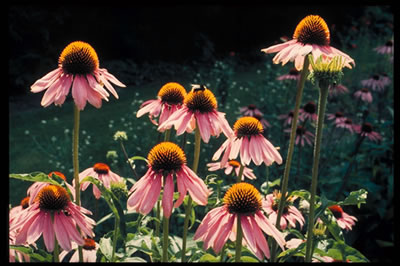 Also known as the purple or prairie coneflower, echinacea (pronounced ek-in-nay-sha) is a wild flower with daisy-like purple blossoms. It is native to the grasslands of central North America and is usually grown in the UK as a garden plant. The name echinacea is derived from the Greek word for prickly hedgehog referring to the sharp pointed scales on the dried flower heads. Three main species are used medicinally Echinacea angustifolia, E. purpurea and E. pallida.
Also known as the purple or prairie coneflower, echinacea (pronounced ek-in-nay-sha) is a wild flower with daisy-like purple blossoms. It is native to the grasslands of central North America and is usually grown in the UK as a garden plant. The name echinacea is derived from the Greek word for prickly hedgehog referring to the sharp pointed scales on the dried flower heads. Three main species are used medicinally Echinacea angustifolia, E. purpurea and E. pallida.
History of Use
Echinacea was used for centuries by Native American Indians to heal septic wounds and snake bites. History has it that they observed that echinacea was effective against the bite of a rattlesnake, and that it is was eaten by elk that were sick or wounded.
The plant also became a favourite among European pioneers in America and their doctors for treating infections. According to one nineteenth century doctor writing in a journal called ‘The Gleaner’, echinacea root was used ‘for nearly every sickness with good results’. It was also found to be the secret ingredient in many tonics and blood purifiers of the era.
Like many medicinal herbs, echinacea fell out of favour with the advent of modern antibiotics. But the last few decades have seen it grow in popularity, and it has become an important part of all modern herbal dispensaries.
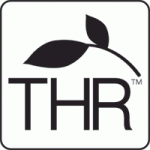 Since April 2014, all herbal medicines for sale in the UK and Europe must be approved by the Medicines & Healthcare Products Regulatory Agency (MHRA) having been rigorously checked for safety and quality. They must also display the Traditional Herbal Registration ‘THR’ logo on their pack.
Since April 2014, all herbal medicines for sale in the UK and Europe must be approved by the Medicines & Healthcare Products Regulatory Agency (MHRA) having been rigorously checked for safety and quality. They must also display the Traditional Herbal Registration ‘THR’ logo on their pack.
Registered herbal medicines containing echinacea are used today for the relief of symptoms of the common cold and influenza-type infections based on traditional use only.
The following products contain Echinacea
Echinaforce Chewable Cold & Flu Tablets
Echinaforce Chewable is a traditional herbal medicinal product used to relieve the symptoms of colds and flu. Read more
Echinaforce Forte Cold & Flu Tablets
Echinaforce Forte is a traditional herbal medicinal product used to relieve the symptoms of colds and flu. Based on traditional use only. Read more
Herbal Store Echinacea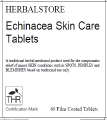
A traditional herbal medicinal product used for the symptomatic relief of minor skin conditions, such as spots, pimples and blemishes. Based on traditional use only. Read more
HerbalStore – Echinacea cold and flu relief
A traditional herbal medicinal product used to relieve the symptoms of the common cold and influenza type infections based on traditional use only. Read more
HRI Coldcare Tablets
HRI COLDCARE is a traditional herbal medicinal product used to relieve the symptoms of the common cold and influenza (flu) type infections based on traditional use only. Read more
Echinaforce Echinacea Drops
A traditional herbal remedy used for the symptomatic relief of colds, influenza type infections and similar upper respiratory tract conditions. Read more
Echinaforce Hot Drink Cold & Flu Echinacea concentrate for oral solution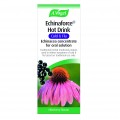
A traditional herbal medicinal product used to relieve symptoms of the common cold and influenza type infections, exclusively based upon long-standing use as a traditional remedy. Read more
Vitabiotics Echinacea Tablets
Vitabiotics Echinacea is a traditional herbal medicinal product used to relieve symptoms of common cold and influenza type infections. Exclusively based upon long-standing use as a traditional remedy. Read more
HRI Cold & Flu Echinacea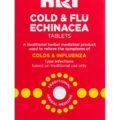
HRI Cold & Flu Echinacea is a traditional herbal medicinal product used to relieve the symptoms of the common cold and influenza (flu) type infections based on traditional use only. Read more
